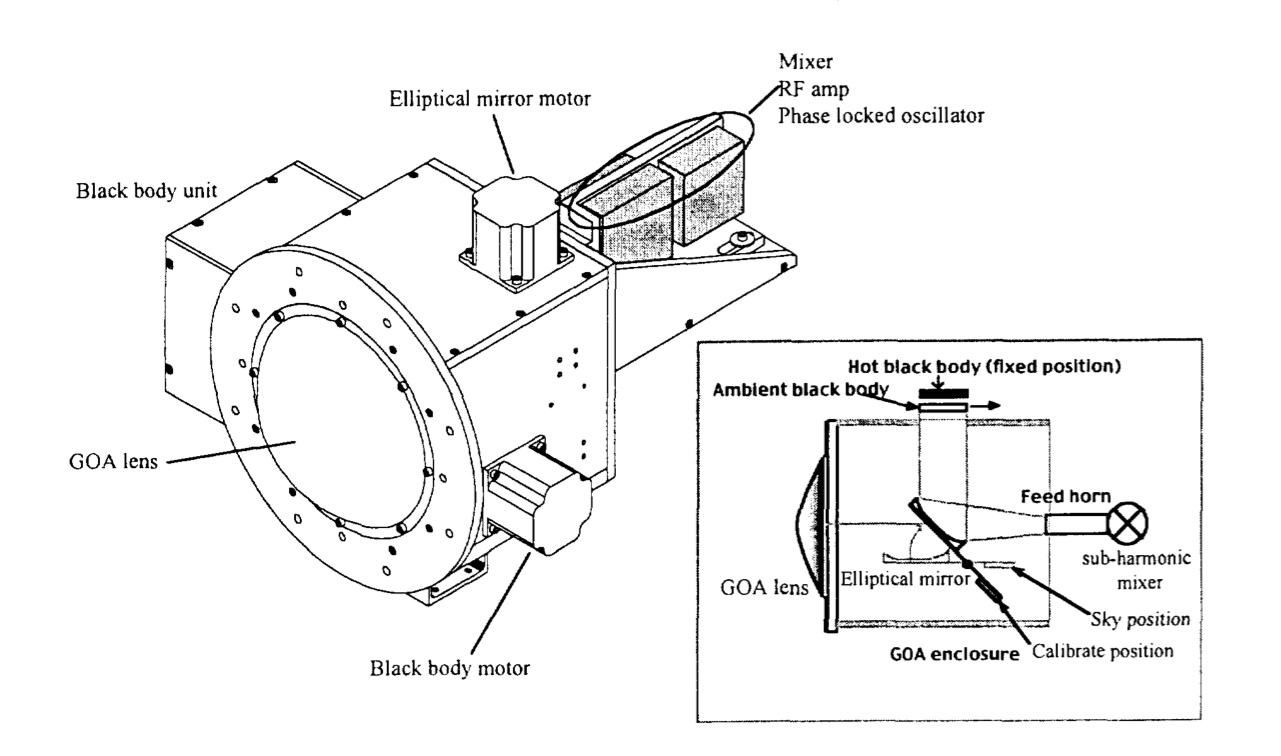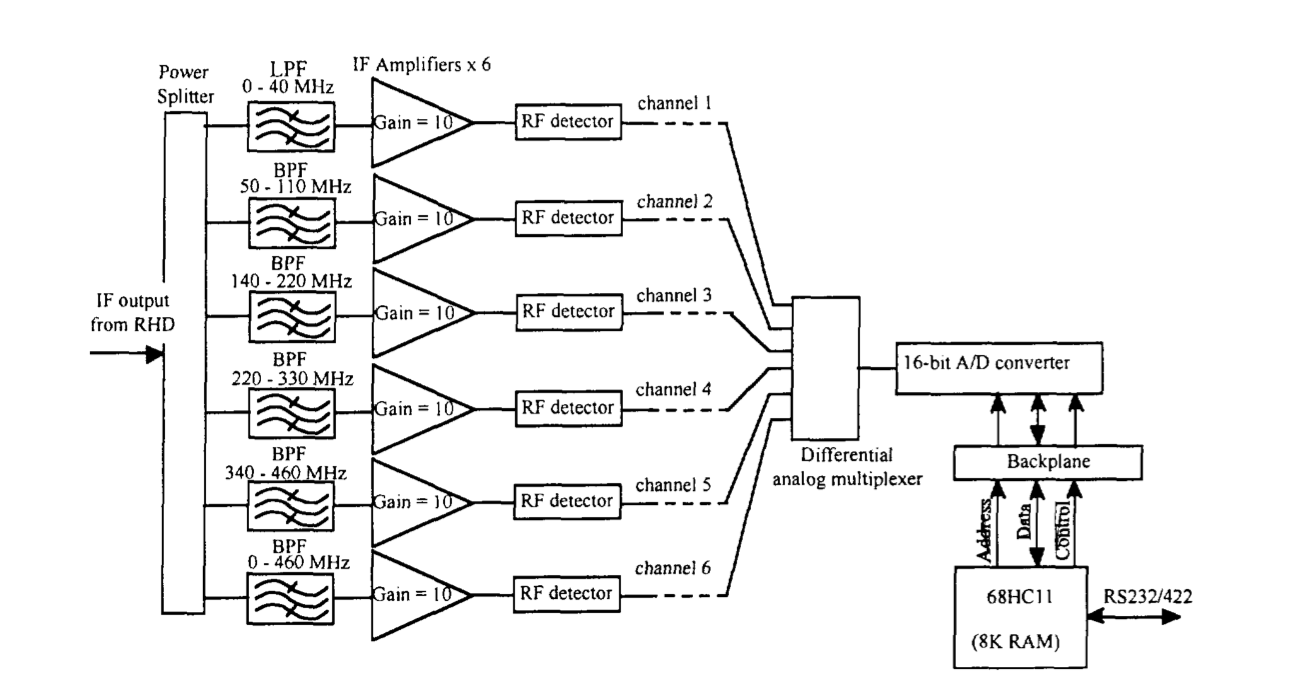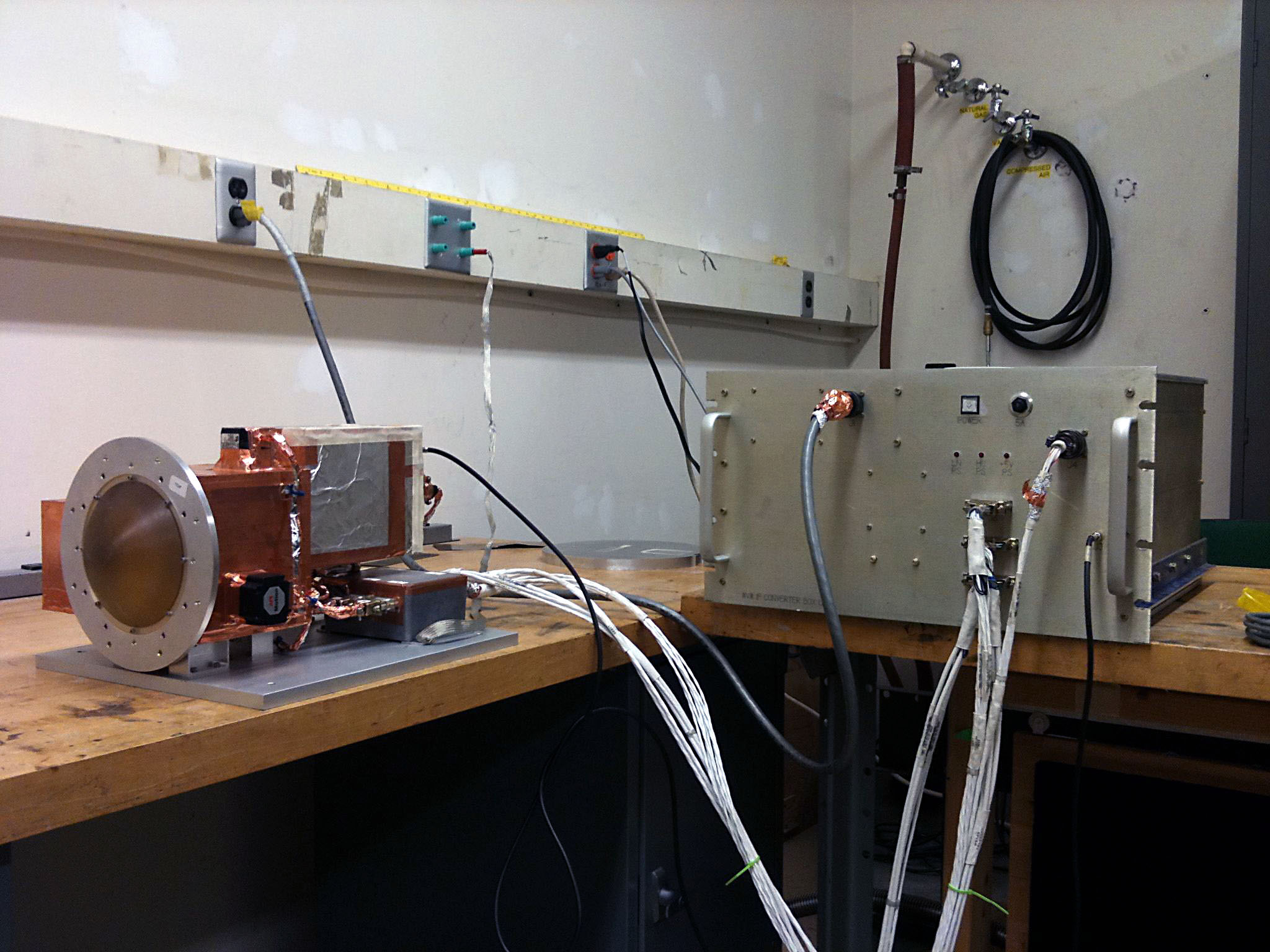NASA: Aerospace Project



Keywords:
electronics, scientific research, NASA, infrared astronomy
Project Websites:
http://www.nasa.gov/mission_pages/SOFIA/index.html
Additional Documentation:
https://archive.org/stream/nasa_techdoc_20040171800/20040171800_djvu.txt
Description
I spent a year working at NASA Ames Research Center in Moffett Field, California. During my tenure there I worked on a project called Stratospheric Observatory for Infrared Astronomy (SOFIA) that was a global scientific collaboration between the University Space Research Association, Raytheon E-Systems, and United Airlines.
SOFIA is the largest airborne observatory in the world and contains a 3-meter class infrared telescope mounted in a Boeing 747 aircraft. Why put a telescope in an airplane? Because down on the ground, especially closer to sea level, atmospheric water vapor absorbs infrared wavelengths. Flying in an airplane high above the stratosphere enables scientists to take astronomical measurements that are impossible on the ground. While on an airplane the water vapor absorption can be minimized, still being inside the earth's atmosphere (as opposed to a telescope launched into space) there are still water vapor effects from the air that will distort telescopic readings.
NASA Ames Research Center was contracted to provide an instrument to measure the amount of water vapor seen along the telescope line of sight. Because the presence of water vapor strongly affects the astronomical infrared signals detected, such a water-vapor monitor (WVM) is critical for proper calibration of the observed emission.
I worked on the WVM team at NASA headed by Tom Roellig. My role largely focused on the WVM electronics. I was responsible for procuring and purchasing all parts, all the prototyping, and finally the construction, testing and assembly of the WVM electronic circuit boards that were used in flight.
Download the WVM paper here. Although I am not an author, my name appears in the acknowledgment section because of my contribution to the project.
Shown below is the electronic circuitry that I built and that serves as the brain of the WVM.





